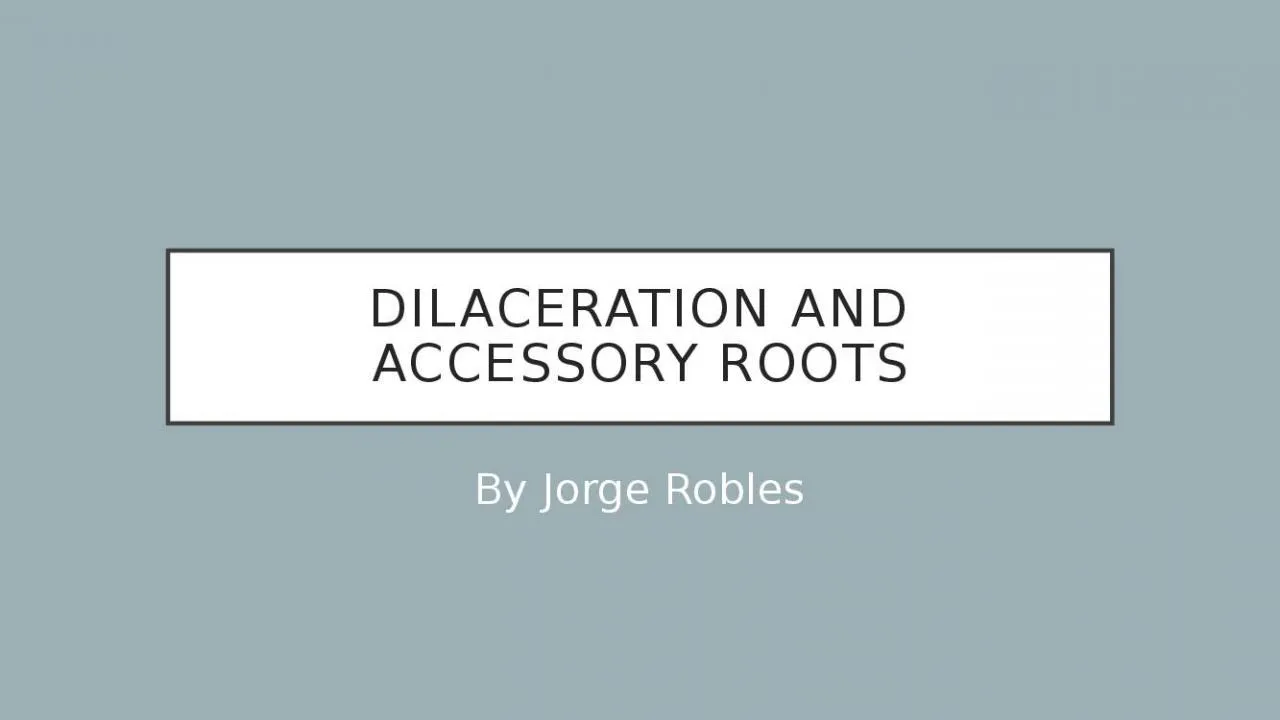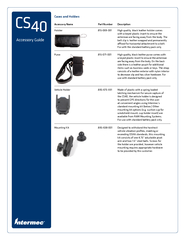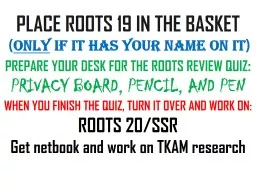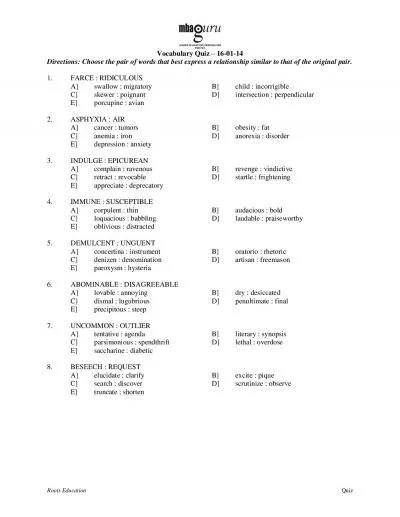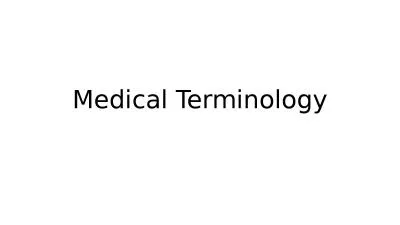PPT-Dilaceration and accessory roots
Author : cady | Published Date : 2022-02-10
By Jorge Robles Dilaceration a developmental problem which involves the malformation of the tooth results in either distorted root or severe associated crown angulation
Presentation Embed Code
Download Presentation
Download Presentation The PPT/PDF document "Dilaceration and accessory roots" is the property of its rightful owner. Permission is granted to download and print the materials on this website for personal, non-commercial use only, and to display it on your personal computer provided you do not modify the materials and that you retain all copyright notices contained in the materials. By downloading content from our website, you accept the terms of this agreement.
Dilaceration and accessory roots: Transcript
Download Rules Of Document
"Dilaceration and accessory roots"The content belongs to its owner. You may download and print it for personal use, without modification, and keep all copyright notices. By downloading, you agree to these terms.
Related Documents

